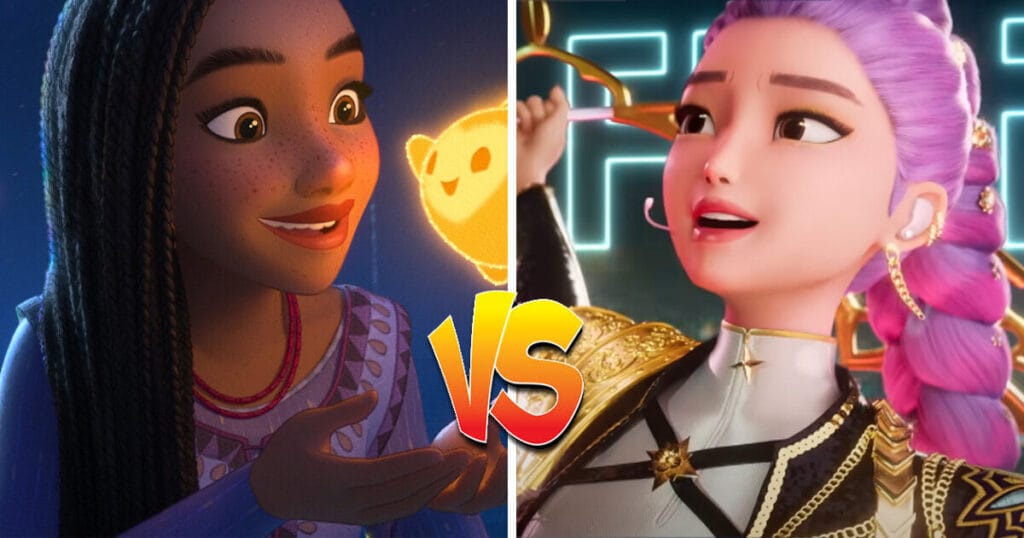Sony‘s KPop Demon Hunters is a new animated movie about a trio of female idols, HUNTR/X, who are also demon hunters. When a new threat arises (demons disguised as a rival boy group, the Saja Boys), it’s up to HUNTR/X to save their fans’ souls. As this battle for humanity plays out, HUNTR/X’s Rumi becomes involved with Jinu, a 400-year-old demon, while struggling to embrace her true self.
Although Sony and Disney are two completely different studios, the success of KPop Demon Hunters has led to some viewers comparing KPop Demon Hunters to Disney’s recent animated movies.
1. Animation
KPop Demon Hunters‘ animation has been praised for its aesthetically pleasing characters, experimental animation style (which takes inspiration from everything from Korean folk art to real K-Pop idols), attention to detail, and more. When compared to many Disney and Pixar films from the past ten years or so, it stands out.
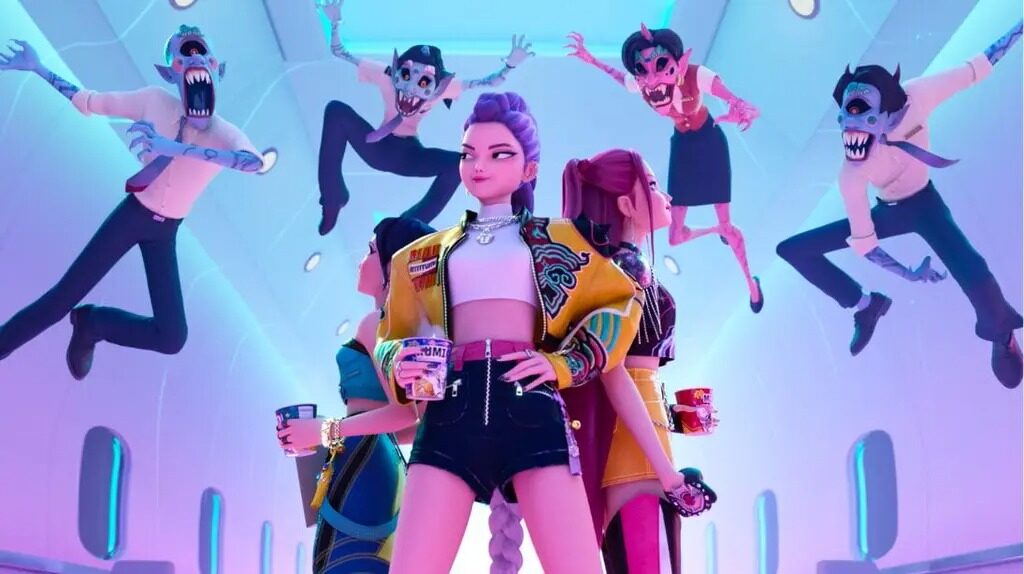
Disney’s last 2D animated feature films were The Princess and the Frog (2009) and Winnie the Pooh (2011). Since then, Disney has embraced a 3D animated style that has largely stuck to the same formula, particularly for its female characters. Many of them have similar face shapes and facial features.
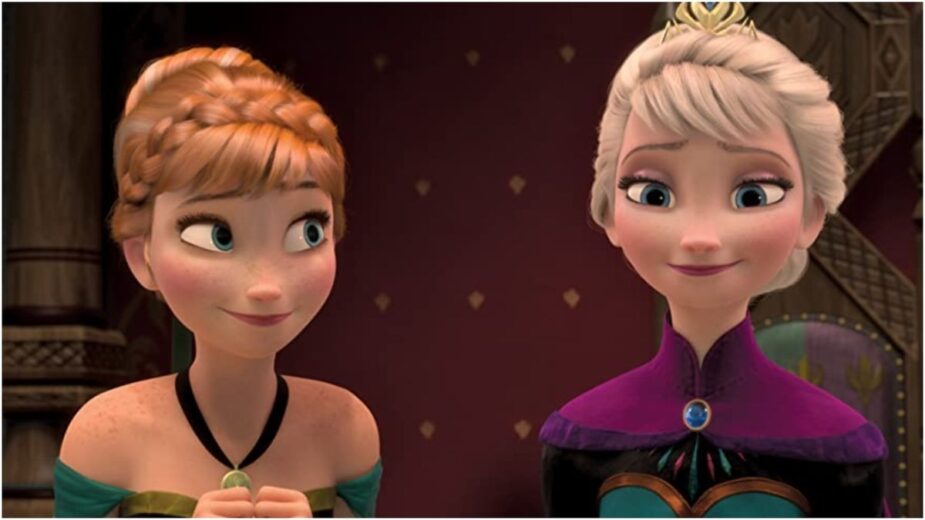
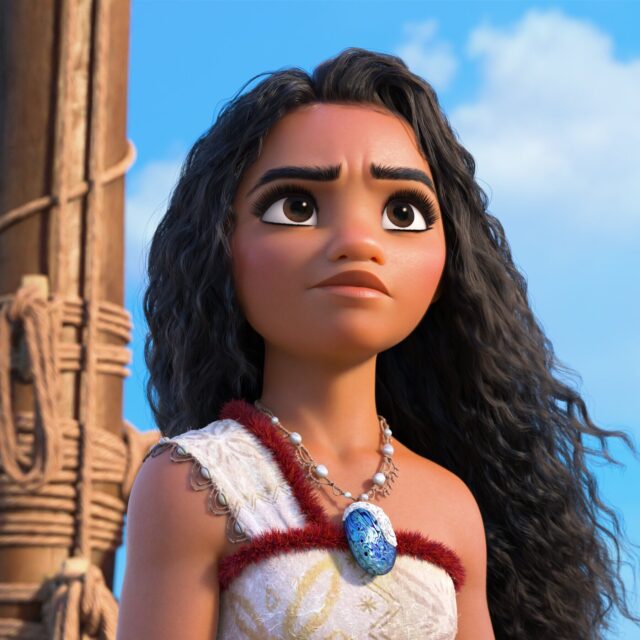
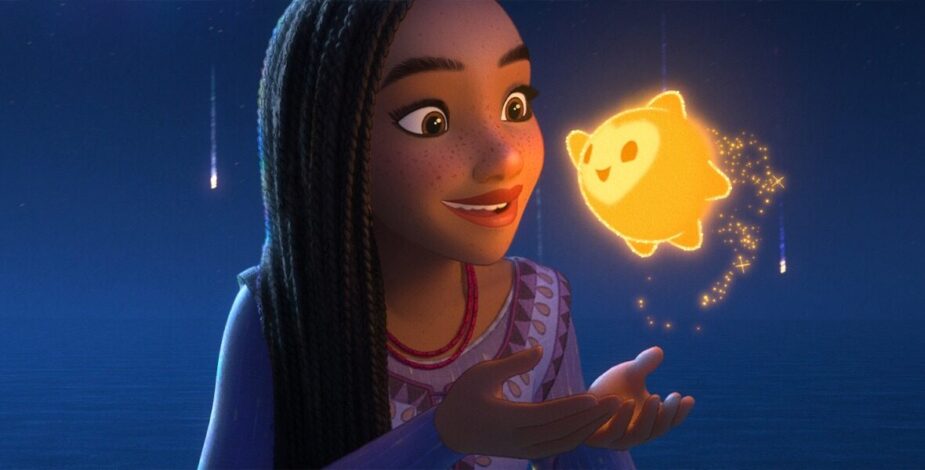
On the other hand, KPop Demon Hunters has been praised for giving its characters a wide emotional range through expressive (and often silly) animation.
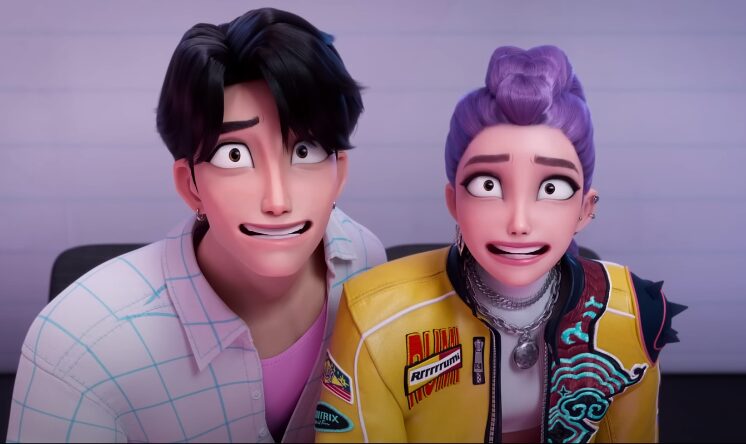
KPop Demon Hunters isn’t afraid to let its heroines look goofy or go makeup-free either!
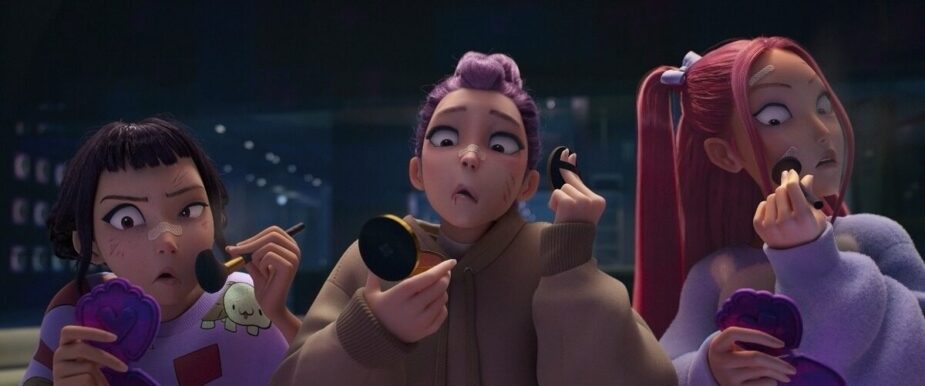
Some viewers have also grown tired of the so-called “bean mouth” art style that can been seen in Luca, Turning Red, and Elio. The latter, in particular, has been compared to KPop Demon Hunters since they were released around the same time.
You think people are overreacting and overblown the“bean mouth” art style?
byu/PhotoBonjour_bombs19 inPixar
WISH, which was meant to celebrate 100 years of Disney’s history, was criticized for looking unpolished, unappealing, and bland. In comparison, KPop Demon Hunters is vibrant and packed with details that turned it into a well-researched ode to Korean culture and K-Pop, rather than the surface-level cash grab it could have been.

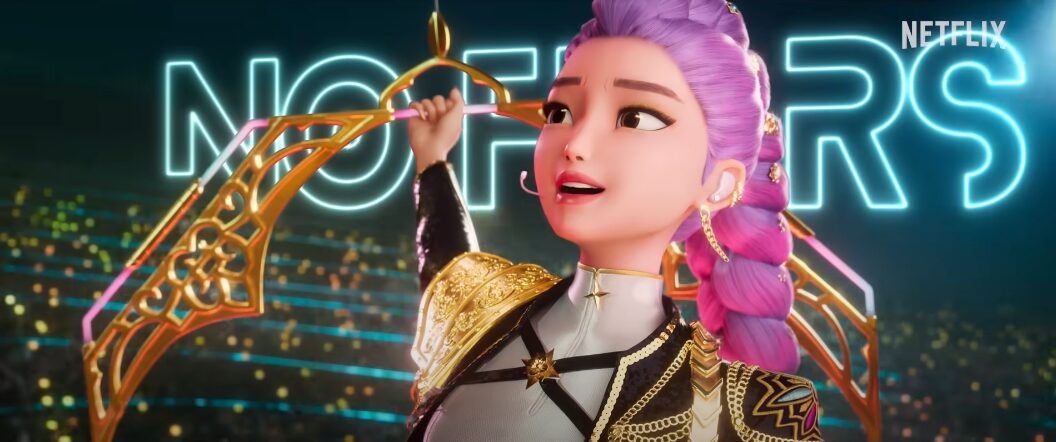
2. The Plot
Disney has gotten heat for a lack of originality and playing it too safe with its animated films, sticking to the same mainstream formulas. KPop Demon Hunters, on the other hand, combined a niche topic (K-Pop) with a more mainstream one (superheroes/magical girls) to create a fresh story that appeals to all ages (not just kids) within and outside of the K-Pop fandom.
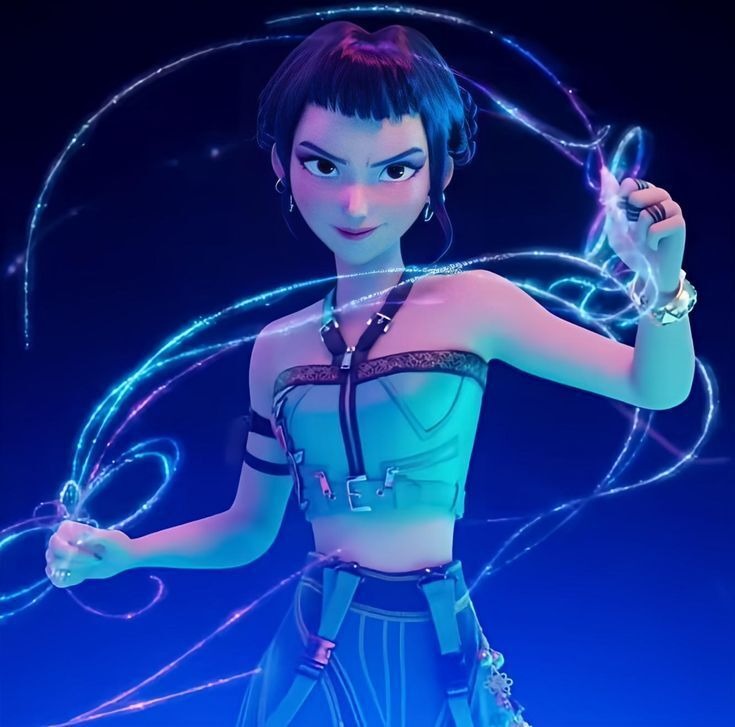
3. The Romance
Disney, the animation studio best known for its fairytale retellings, seems to be snubbing the genre that built it: romance. With the exception of Elemental (2023) and possibly Frozen (2013)–which had a romance subplot–Disney hasn’t released an animated fantasy romance movie for 15 years. Their last fairytale romance was Tangled (2010).
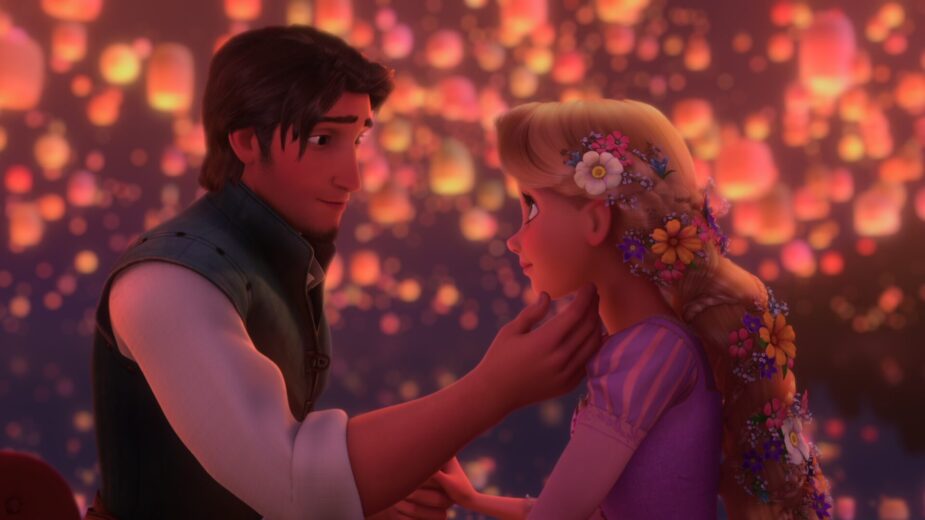
KPop Demon Hunters, on the other hand, featured a tragic enemies-to-lovers romance between a K-Pop idol and a morally grey demon. Viewers became invested in the blossoming romance (and friendship) between Rumi and Jinu, so much so that fan art, fan fiction, and fan videos of them have taken over social media. The characters are memorable and worth rooting for.
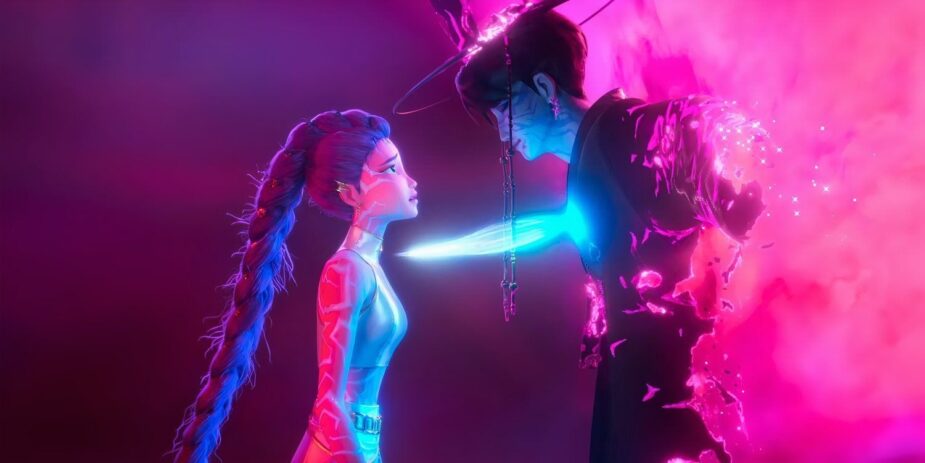
WISH, which doesn’t feature a romance, might have gained a similar fan following, had it decided to include its proposed love interest: a magical, shapeshifting star, who was considered for the film during the planning stages. “Starboy” has gained a strong fan following thanks to what-could-have-been fan art like this:
4. The Music
KPop Demon Hunters‘ songs are so great that HUNTR/X and Saja Boys are now surpassing real-life K-Pop groups on music charts and music platforms like Spotify. Like many classic Disney movies, the film features a love duet (“Free”), villain songs (“Your Idol” and “Soda Pop”), “I Want” songs (where the protagonist sings about their struggles and hopes), and more. KPop Demon Hunters‘ songs are well-written, memorable, heartfelt, and performed by incredible singers.
Disney was once known for creating unforgettable villains and villain songs, like “Hellfire” and “Be Prepared,” but in many ways “Your Idol”–a dark and seductive siren song–has more in common with these classics than the lukewarm villain song in WISH, “This Is The Thanks I Get?!” does.
5. Storytelling
Although KPop Demon Hunters has received some criticism for its pacing and plotting, such as not delving deeply enough into certain characters, or trying to cram too many things into the film. However, because there is so much to work with, in terms of the plot, worldbuilding, and under-explored characters (like Zoey, Mira, Jinu’s Saja Boys members, and the animal sidekicks), KPop Demon Hunters has plenty of ways it can continue the story, if the creators decide to release a sequel.
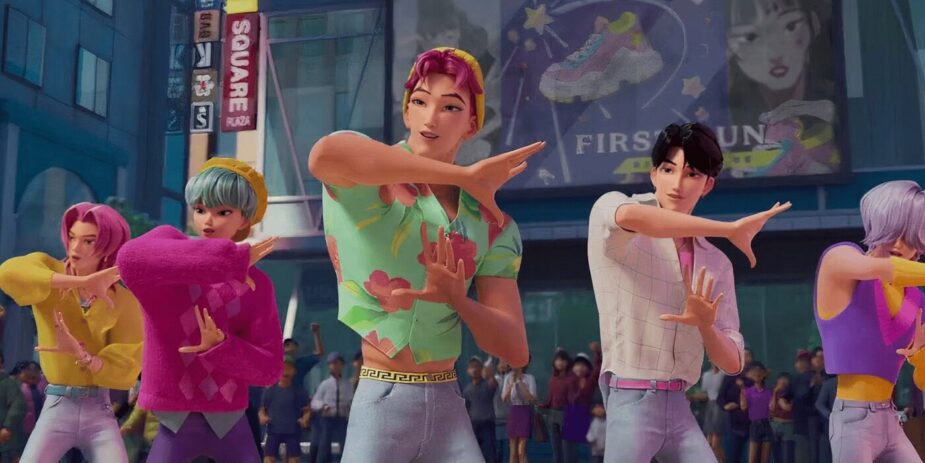
KPop Demon Hunters also gave viewers what they wanted (such as a Rumi x Jinu romance) without giving them everything they wanted (e.g., a deleted kiss scene). This resulted in a satisfactory ending that left viewers hungry for more. Many recent Disney films keep things simple, leaving few loose ends for viewers to tug at or unanswered questions to explore later.
Creative Director Reveals Why The Kiss Scene Was Cut From “KPop Demon Hunters”

